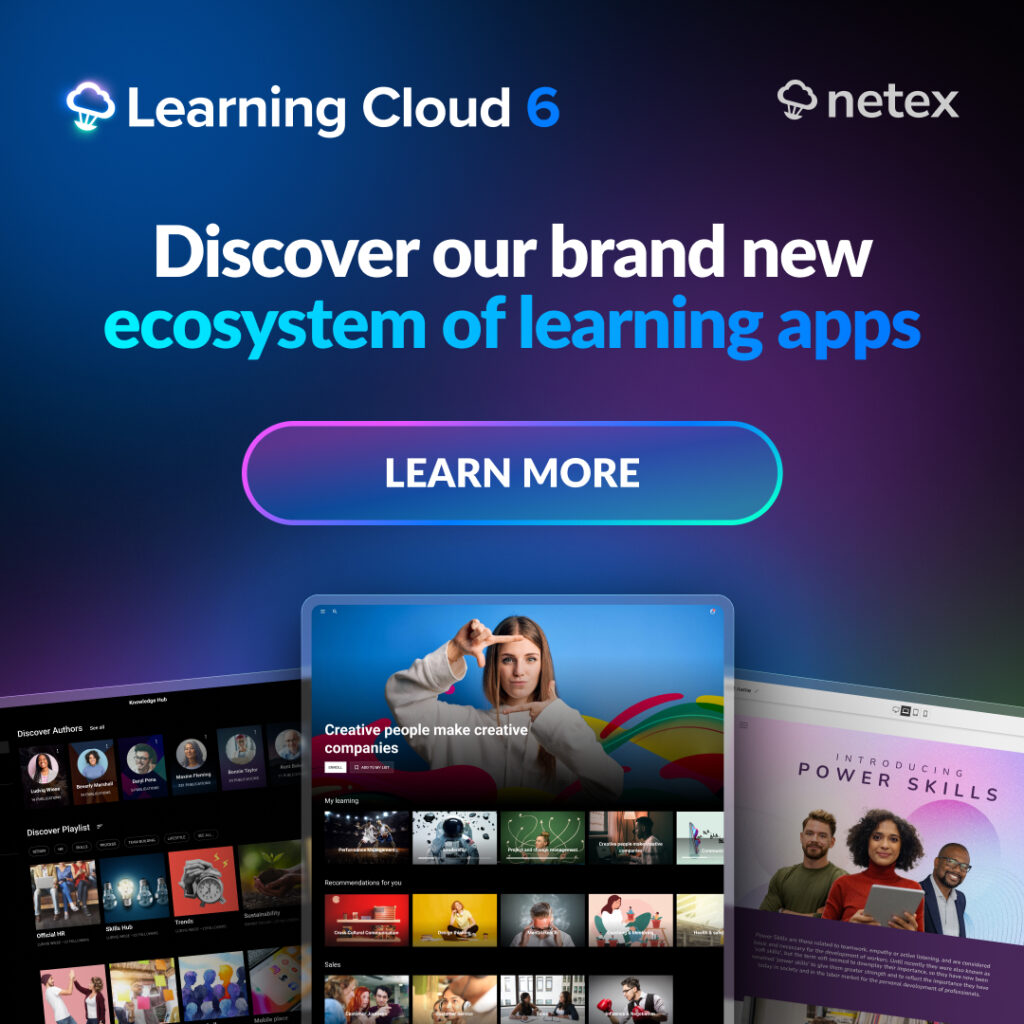Whenever a company decides to acquire new software, integration with existing tools always becomes a crucial consideration. These integrations are often perceived as a gap when implementing the software internally. What is the best strategy for an effective migration? In this article, we delve into the key aspects.
Why Do We Need to Integrate an LMS?
There are numerous reasons why a new LMS must be integrated with our existing solutions, which can be summarised as follows:
- Security
- Productivity
- Data Unification
- User Experience
Considering these factors, here are the most common integrations, listed by importance:
SSO (Single Sign-On) Integration
Integrating our company’s SSO with the LMS will allow users to log in once across all company systems. The company controls access to the LMS, simplifying and securing user management for the newly acquired LMS.
User and Role Integration
The next step after user access integration is to integrate the LMS with our Human Capital Management (HCM) application or ERP systems, such as WorkDay, SuccessFactors, or Meta4. This integration helps management teams maintain a single user repository across our application ecosystem, simplifying the onboarding and offboarding processes.

Content Integration
This is another common integration. Companies often have diverse content stored in various sources. It is crucial that the LMS utilises these contents and learning resources to build its training structures.
Unified Progress Tracking
An LMS should also report user progress in each training course, integrating this information into our HR application and attaching it to the user’s training record.
Application Integration
One of the strengths of a robust LMS is its ability to integrate not only with a company’s HR applications but also with other ancillary tools used within the organisation, such as Outlook, Microsoft Teams, Google Meet, Slack, etc. The more integrated the LMS is with the company’s applications, the smoother the user adaptation process will be.
Data Integration
This is another common integration. If a company already has a data repository for constructing executive dashboards, the new LMS must integrate at the data level to verify its performance meets company expectations.
Our Advice for Integrating an LMS
Always consult the technical team responsible for integrations within the LMS company. Their experience ensures the best approach for a reliable integration. They will recommend the most suitable solution for each need and tool: API integration, connectors, plugins, or any other integration mechanism that best suits your needs.
If integration concerns you in your LMS implementation project, don’t hesitate to talk to Netex Learning before starting any project. Request a demo, and our experts will provide the best advice.
